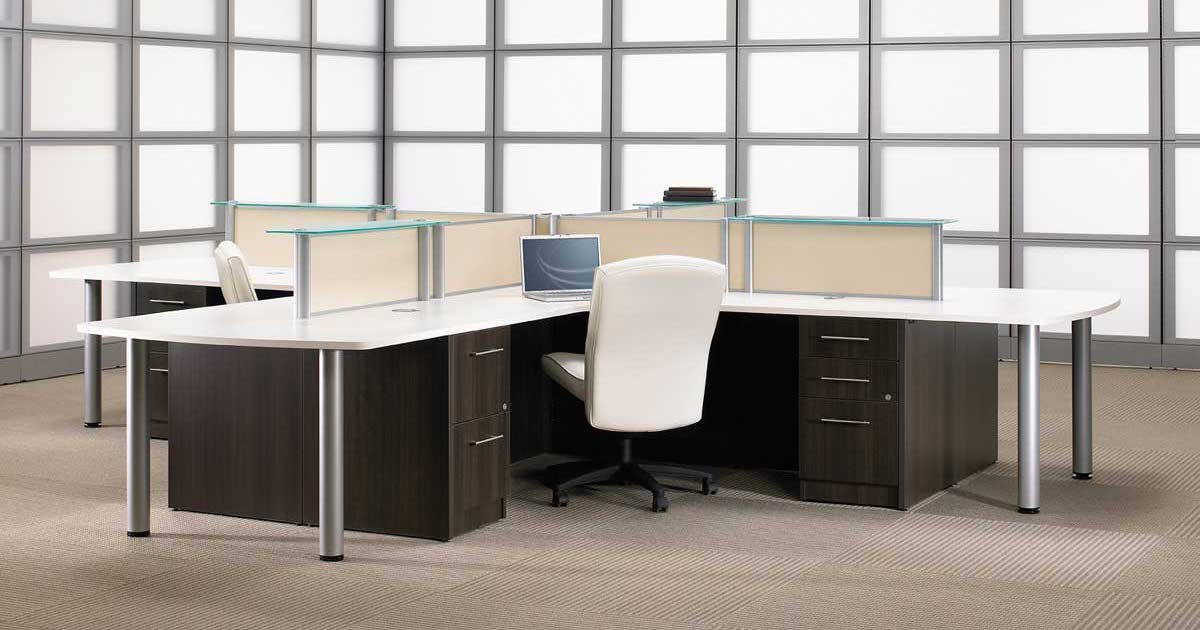Topo's launch campaign has been tremendously successful, and we're hugely grateful to our backers for making it happen. Now we're in the delivery phase.
Our campaign for Topo was technically pre-orders, but everything here applies for crowdfunding too, whether it's through Kickstarter, IndieGoGo, or a home-brew solution.
Whatever the method, the basics are the same:
- Accept Orders
- Manufacture Product
- Deliver Product
Today, we'll be covering how we're getting Topo to our backers (called "Fulfillment").
The basic strategy is that Topo is made at the factory, shipped in bulk to a fulfillment center, and then shipped at the order level to each backer. But it gets more complicated than that.
Working Backward: Delivery to Your Door
There are tons of options to achieve the final result of having a Topo in a box on your doorstep, but for us the choice was clear.
We're using Amazon Fulfillment because they're super reliable and incredibly cost effective. In fact, shipping with Amazon costs us about 80% less than individually boxing, labeling, and shipping units ourselves. It's incredible.
But it is not without pain points.
Amazon's Strict Requirements
Amazon is able to deliver units so inexpensively because they are ruthless when it comes to building efficient systems. So like most efficient systems, they are very strict about the input quality, in this case, the shipments that we send to them.
For our American backers, Amazon requires that we deliver three different shipments of Topo to three different "fulfillment centers" (Amazon warehouses), and they must be packaged according to strict guidelines.
The units must be in boxes by color, stacked on a specific type of pallet, and labeled in very specific places.
Our original plan was to have our factory in China do all the labeling and packaging to Amazon standards, and ship straight to Amazon's fulfillment centers.
But when we actually got down to it, we realized that packing according to Amazon's requirements seriously cut down our packing density. And there was a good chance that the factory would accidentally miss something, resulting in our whole shipment being rejected.
Getting Stateside First
No matter how we fulfill North American orders, we have to get those units into North America. The choice of shipping method is clear, as boat freighting is much more efficient and environmentally friendly than air shipping. It takes longer, but it's less expensive for our backers and better for the planet.
Early in this process, we were very fortunate to get an introduction to Domek Logistics from our incredibly supportive friends at Ergo Depot. Domek Logistics are absolute masters of International Logistics and US Customs Brokerage.
One of their partners, John Wember, has been unbelievably helpful to us throughout the process. I have no doubt that it would be aggravating for most people to deal with my incessant questions, adjustments, and general lack of aptitude in this area, but John doesn't seem to mind at all. He's spent hours taking me through the basics and working hard to figure out creative solutions for Topo.
Which is exactly what he did for us with the Amazon issue.
To avoid the high cost of sending multiple smaller shipments across the ocean and the potential headaches of improperly labeled pallets, Domek is splitting and labeling for us.
So here's how it will look:
- Containers come from the factory to a warehouse in the US.
- Shipments are unpacked, palleted, and labeled for delivery to Amazon (and Ergo Depot!)
- Amazon unpacks those shipments and delivers them directly to Topo backers.
Domek handles the first two, and Amazon handles the third. So everything goes smoothly, and we get to focus on what matters most - the product and our backers.




















